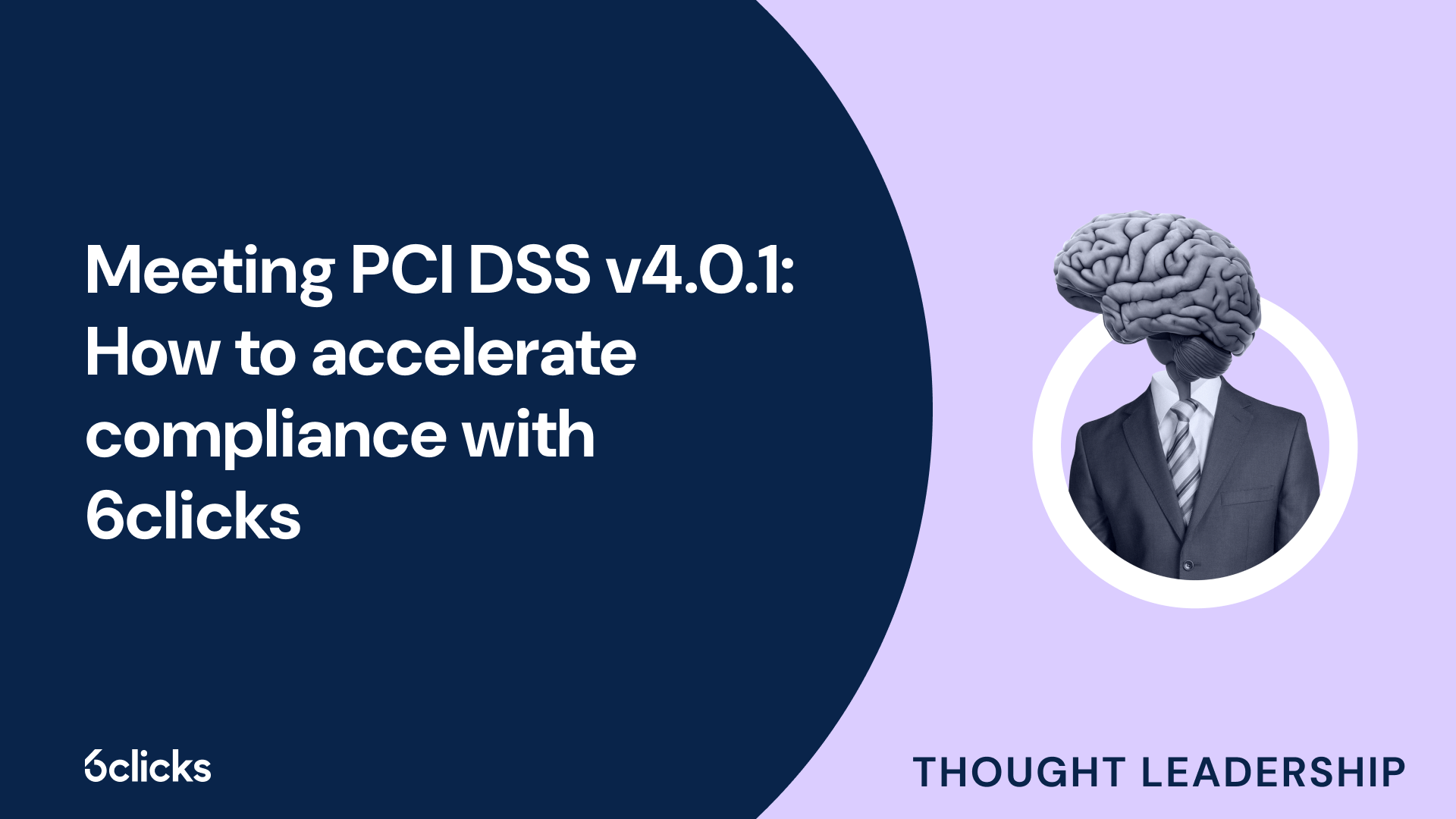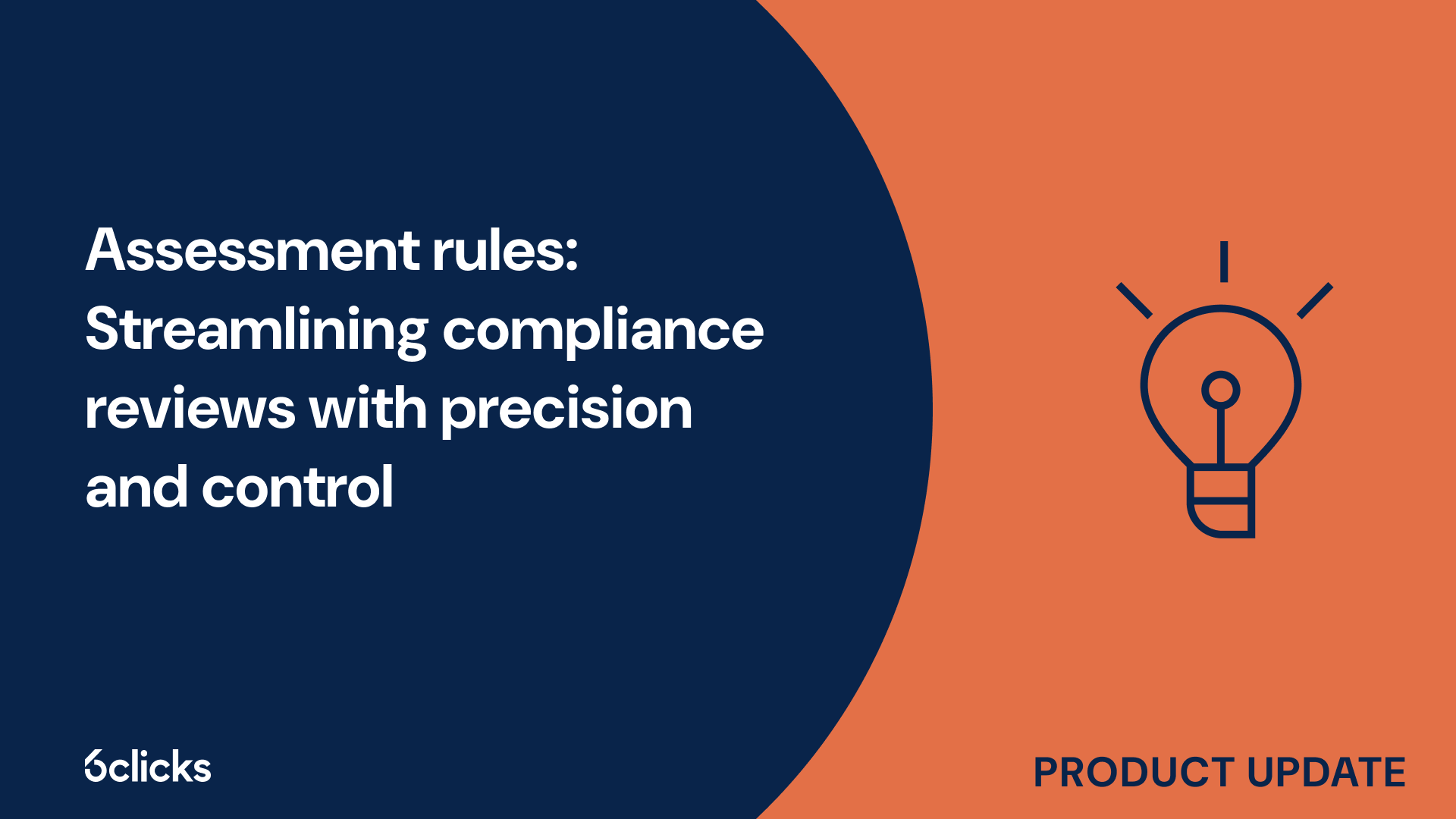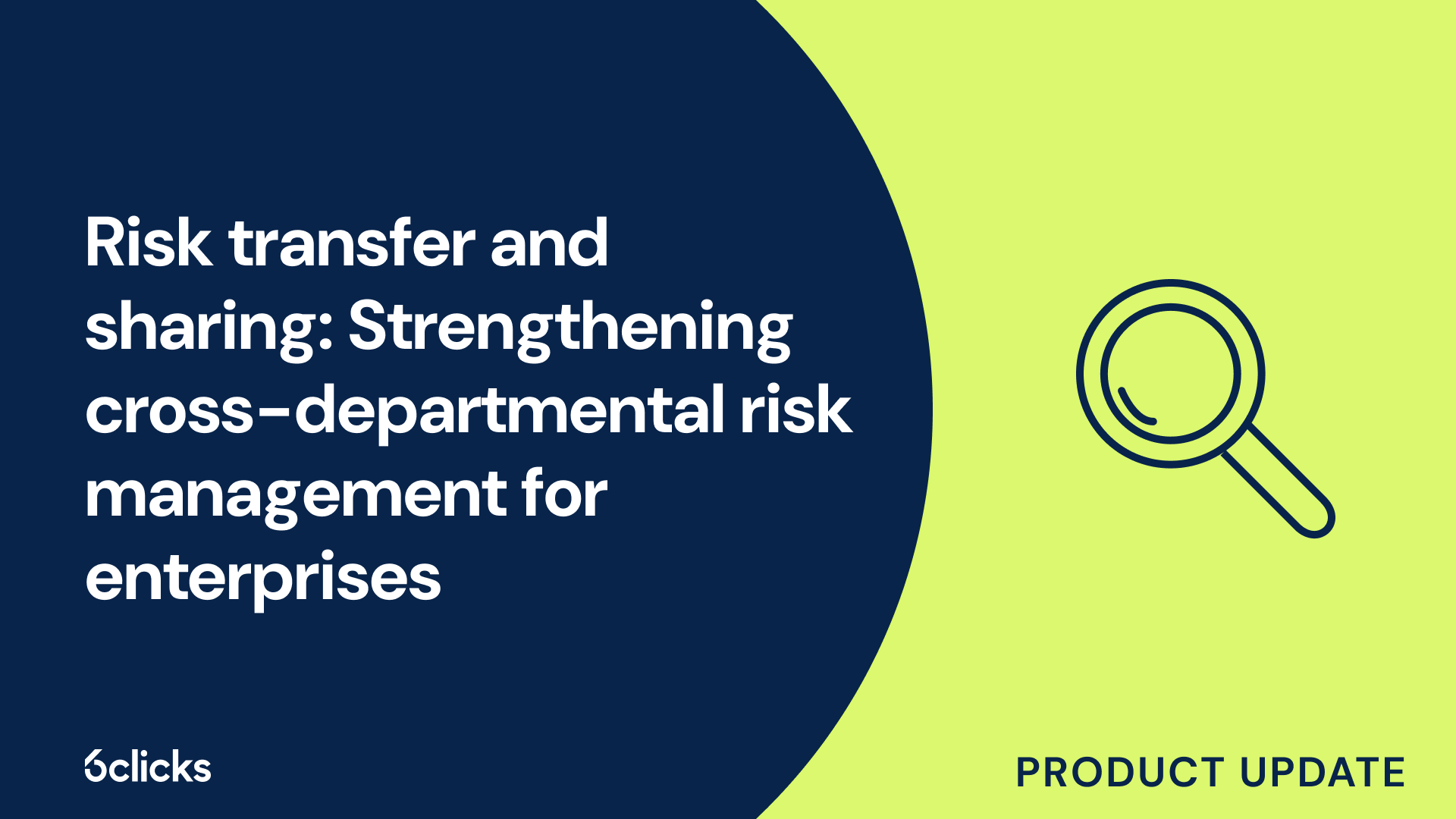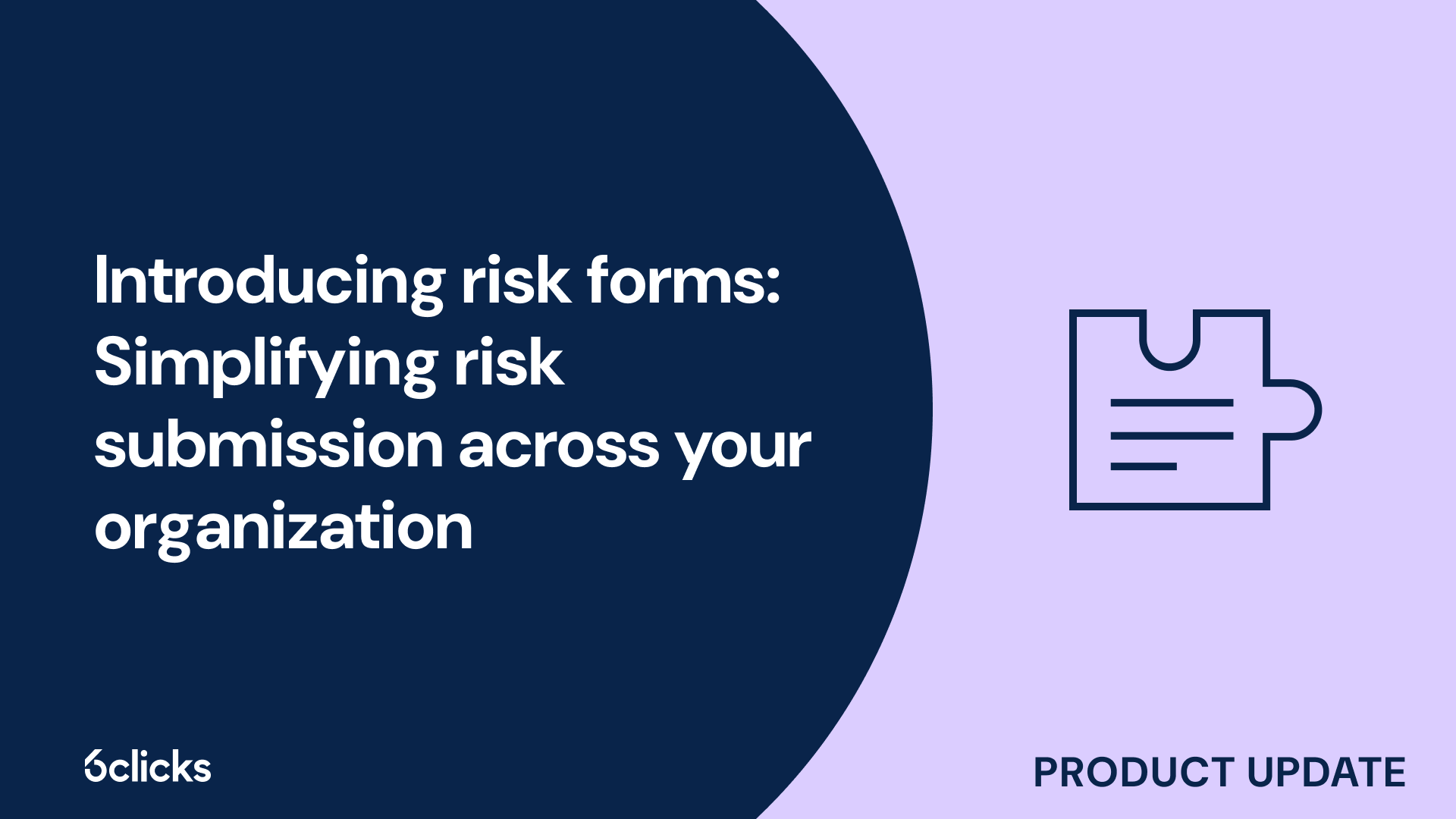The GRC buyer’s guide for 2025: Building resilience with AI-powered, federated solutions
Discover the ultimate GRC buyer's guide for 2025! Uncover how AI-powered, federated solutions transform compliance and security management for industries like government, aerospace, banking, and more. Learn about centralized control, continuous compliance, and advanced cyber GRC capabilities. Download now!
-1.png?width=200&height=249&name=Group%20193%20(1)-1.png)
The GRC buyer’s guide for 2025: Building resilience with AI-powered, federated solutions
Definition of risk
Risk is an unavoidable part of any business, investment, or decision-making process. Understanding risk categories is crucial for managing potential threats and uncertainties. In risk management, risks are generally classified into four main categories: strategic risk, operational risk, financial risk, and compliance risk. Each of these categories has unique characteristics and requires specific mitigation strategies.
1. Strategic risk
Examples of strategic risk:
- A company failing to innovate and losing market share to competitors.
- A sudden change in government regulations affecting business operations.
- Expansion into a new market without thorough research, leading to financial losses.
How to manage strategic risk:
- Conduct regular market analysis and industry trend assessments.
- Develop a flexible business strategy to adapt to changing conditions.
- Invest in research and development (R&D) to stay competitive.
2. Operational risk
Examples of operational risk:
- A cybersecurity breach compromising customer data.
- Equipment failure leading to production delays.
- Human errors causing financial discrepancies or service failures.
How to manage operational risk:
- Implement robust internal controls and standard operating procedures.
- Train employees regularly to reduce human error.
- Use technology to automate processes and reduce reliance on manual tasks.
- Have a crisis management plan in place for unexpected disruptions.
3. Financial risk
Examples of financial risk:
- A company taking on excessive debt and struggling to repay it.
- Fluctuations in foreign exchange rates affecting international businesses.
- Stock market crashes leading to investment losses.
How to manage financial risk:
- Diversify investments to reduce exposure to a single risk.
- Maintain a strong financial cushion, such as emergency funds.
- Implement sound financial planning and budgeting strategies.
- Hedge against currency and interest rate fluctuations if dealing with international markets.
4. Compliance risk
Examples of compliance risk:
- A company failing to meet data protection regulations, leading to legal penalties.
- Non-compliance with labor laws resulting in lawsuits.
- Violating environmental regulations and facing government action.
How to manage compliance risk:
- Stay updated with industry regulations and legal requirements.
- Conduct regular compliance audits to identify and fix potential issues.
- Train employees on company policies and legal responsibilities.
- Work with legal experts to ensure adherence to changing laws.
Explore Risk identification: A key step in risk management












